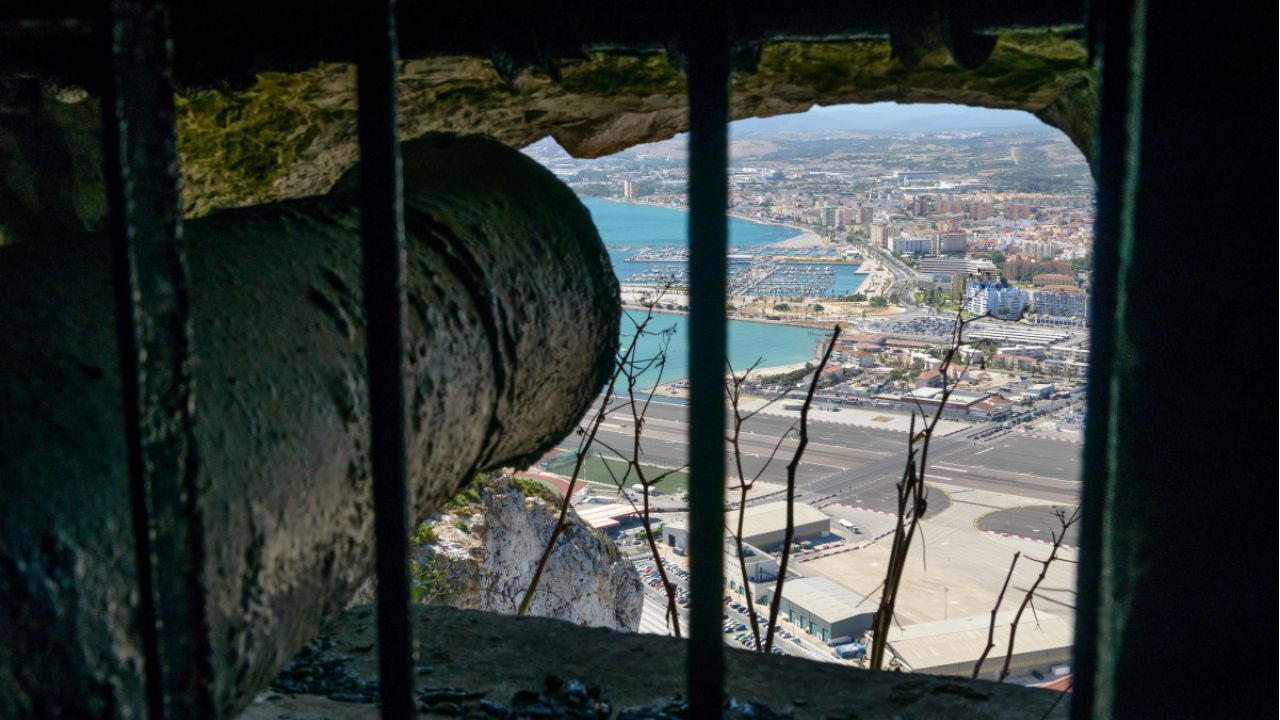Gibraltar Tunnels

Gibraltar is known for its extensive network of tunnels, which have played a significant role in the territory's history and military strategy. These tunnels were constructed for various purposes, including defense, transportation, and storage. Here's an overview of the tunnels in Gibraltar:
-
Defensive Tunnels: Many of Gibraltar's tunnels were built for defensive purposes. These tunnels were designed to protect the British garrison stationed on the Rock from enemy attacks. They provided cover from artillery bombardments and served as observation points.
-
Great Siege Tunnels: The Great Siege of Gibraltar (1779-1783) prompted the construction of some of the earliest tunnels in Gibraltar. During the siege, the British military excavated tunnels into the limestone rock to mount artillery and protect soldiers from Spanish and French bombardment. The Great Siege Tunnels are now a popular tourist attraction and offer historical insights into this pivotal event.
-
World War II Tunnels: During World War II, Gibraltar's tunnel network was greatly expanded and modernized. New tunnels and underground facilities were constructed to provide protection against air raids and potential land and sea attacks. These tunnels included barracks, command centers, and storage facilities.
-
Secret War Rooms: Gibraltar's tunnels housed secret war rooms and command centers during World War II. These facilities were used for planning and coordinating Allied operations in the Mediterranean, including the famous Operation Torch, the Allied invasion of North Africa.
-
St. George's Hall: St. George's Hall is a massive underground chamber hewn from solid rock. It was used as a military hospital during the Great Siege and later as a storage facility during World War II.
-
Wartime Hospitals: Some of Gibraltar's tunnels were converted into hospitals during times of conflict. For example, during World War II, sections of the tunnels were used as emergency medical facilities.
-
Transportation Tunnels: Tunnels in Gibraltar are also used for transportation. The Gibraltar Airport runway intersects with Winston Churchill Avenue, the main road connecting the territory to Spain. To accommodate this, a tunnel was constructed beneath the runway, allowing road traffic to pass unimpeded by aircraft.
-
Civil Defense Tunnels: In addition to military purposes, Gibraltar's tunnels have been adapted for civil defense. They can serve as shelters during air raids or other emergencies, providing protection for the civilian population.
-
Tourist Attractions: Many of Gibraltar's tunnels have been opened to the public and are now popular tourist attractions. Visitors can explore some of the tunnels, learn about their history, and gain insights into Gibraltar's military heritage.
The tunnels in Gibraltar showcase the island's unique geological characteristics and its historical significance as a military stronghold. They also serve as a testament to the ingenuity of engineers and laborers who constructed these intricate underground passages over the centuries.
-
Gibraltar Information
-
Gibraltar Annual Events
-
Gibraltar Art Galleries
-
Gibraltar Hotels
-
Gibraltar Nature Reserve
-
Gibraltar Nightlife
-
Things to do in Gibraltar
-
Gibraltar Walks and Hiking Trails
-
Gibraltar Restaurants
-
Gibraltar Beaches
-
Gibraltar Gardens
-
Gibraltar's Marinas
-
Gibraltar's Political Status
-
Gibraltar Tunnels
-
World War II in Gibraltar
-
Neanderthals in Gibraltar
-
Gibraltar Caves
-
Gibraltar's Barbary Macaques
-
Facts about Gibraltar